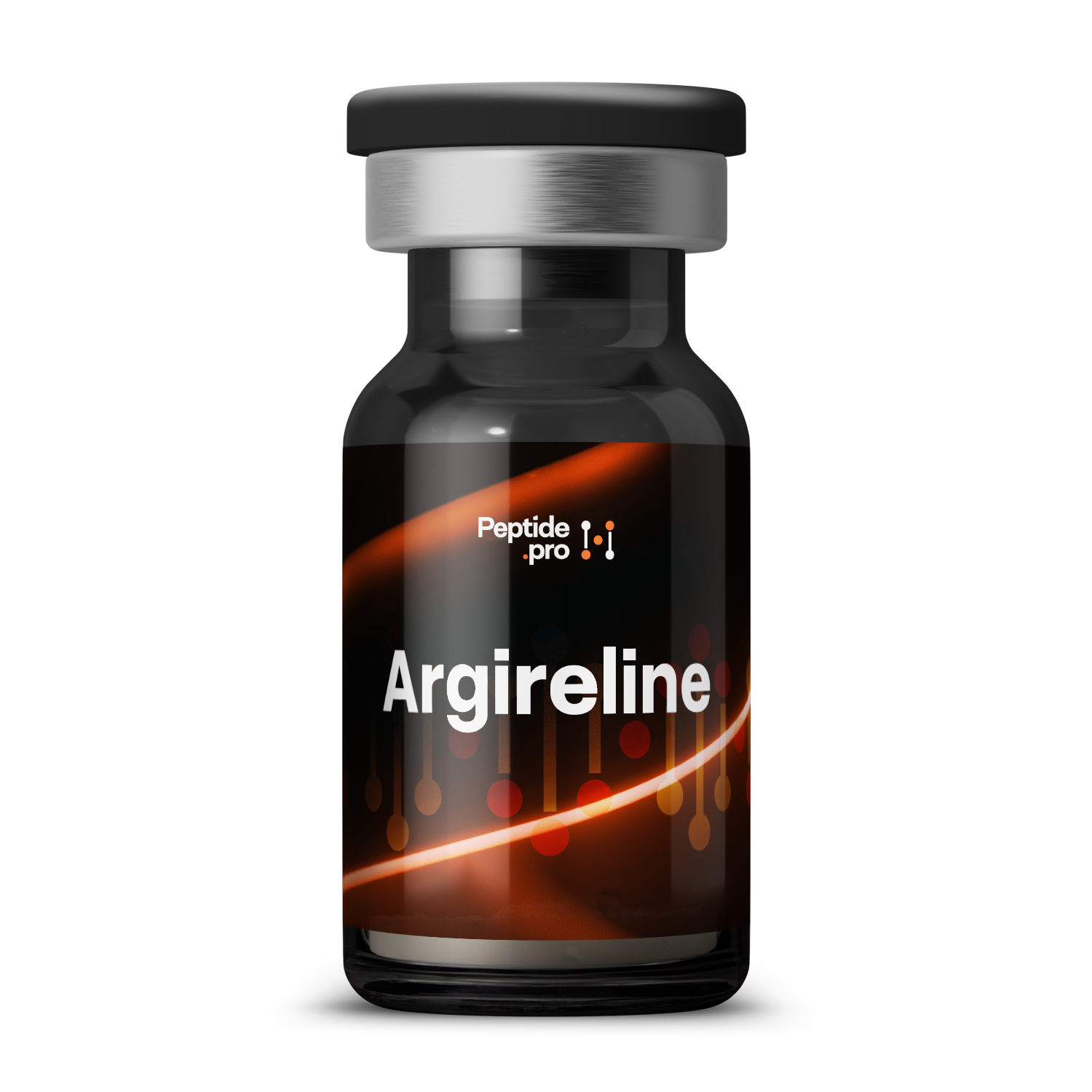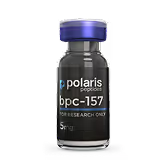Argireline
Argireline is a synthetic six–amino-acid peptide designed to reduce facial expression lines by limiting the release of neurotransmitters that cause muscle contractions. Applied topically in serums or creams, it helps smooth wrinkles, especially around the eyes and forehead. It offers a gentle, non-invasive approach to improving skin texture.
Compound Overview
About the product
Argireline’s sequence corresponds to a fragment of SNAP-25 (a protein involved in neurotransmitter release) with N-terminal acetylation and C-terminal amidation to enhance stability and skin penetration. No non-natural amino acids are present beyond these terminal modifications. It is synthesized via Fmoc solid-phase peptide synthesis and purified to >98 percent purity. Quality is confirmed by high-performance liquid chromatography and mass spectrometry.
Argireline interferes with SNARE complex formation (the protein assembly required for neurotransmitter release) at the neuromuscular junction in the skin. By reducing acetylcholine release, it decreases repetitive micro-contractions of superficial facial muscles. This activity helps smooth the skin surface by lessening expression-induced lines. Molecular effects are observed in ex vivo skin models and inferred in vivo.
Argireline is used primarily to reduce the appearance of fine lines and wrinkles in human cosmetic studies. Topical application has been shown to improve wrinkle depth and skin smoothness over several weeks of daily use. Effects are most pronounced in areas subject to frequent expression, such as the forehead and around the eyes. It offers a non-invasive alternative to injectable treatments.
Argireline is generally well tolerated in human use, with occasional reports of mild skin irritation or redness. No systemic adverse effects or hormonal disturbances have been documented. Safety in pregnant or breastfeeding individuals has not been established. A patch test is recommended for those with sensitive skin.
Argireline is produced by Fmoc solid-phase peptide synthesis on a resin support, adding one amino acid at a time. After chain assembly, peptides are cleaved, acetylated, and amidated. The material is then purified by HPLC to cosmetic-grade purity (>98 percent). Mass spectrometry confirms correct sequence and mass.
Argireline is approved as a cosmetic ingredient worldwide and may be included in over-the-counter skincare products under concentration limits set by regional cosmetic regulations. It is not regulated as a drug and may not make medical claims. Products containing Argireline must list it under its INCI name on packaging.
Cosmetic formulations typically contain 5–10 percent Argireline in serums or creams. Recommended application is once or twice daily to clean, dry skin. No formal dosing guidelines exist beyond manufacturer instructions. Consistent use for at least four weeks is advised to assess visible effects.
- Do apply to clean skin and allow full absorption before other products.
- Do use sunscreen and maintain a complete skincare routine.
- Don’t apply to broken or irritated skin.
- Don’t expect results comparable to injectable neuromodulators.
- Q: How long before I see results?
- A: Visible improvement typically appears after four to six weeks of daily use.
- Q: Is Argireline safe for sensitive skin?
- A: Generally yes, but a patch test is recommended to rule out irritation.
- Q: Can it replace Botox?
- A: No; its wrinkle-reducing effect is milder and slower than injectable treatments.
For research use only. Not approved for medical use.


